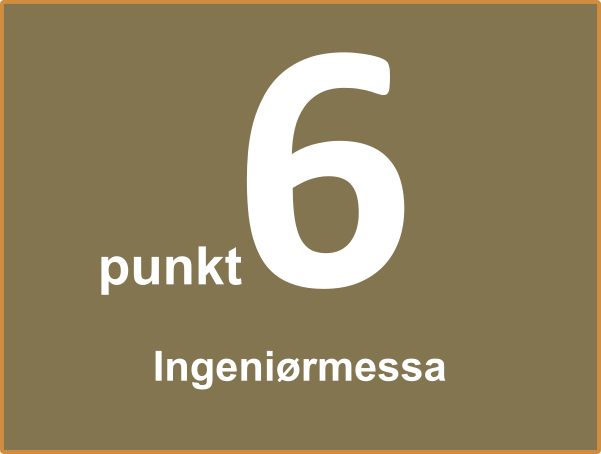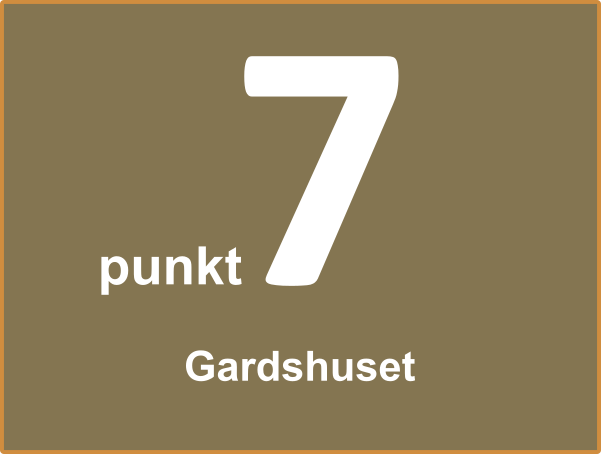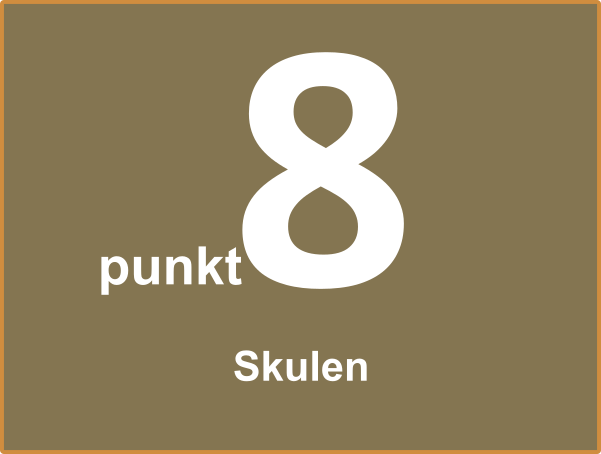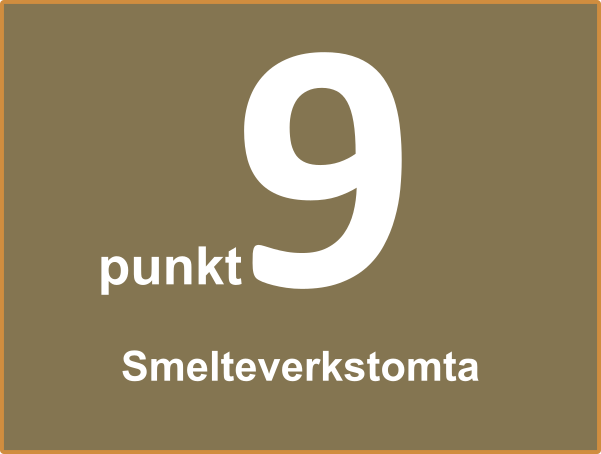
Thursday, 24th March, 2022
Punkt 6 – Ingeniørmessa [norsk oversettelse kommer] In 1927, when the municipality took over Flørli, they planted an oak to mark the event, with a small plaque in front. Walk up to the oak to read it. The power station had a guesthouse called Ingeniørmessa. This...

Thursday, 24th March, 2022
Punkt 7 – Gardshuset [norsk oversettelse kommer] Flørli was first inhabited around 1620 as a clearing under the farms of Kalleli, the next village along the fjord. Reason to settle here was not the great soil. Rather the river was used for a waterpowered...

Thursday, 24th March, 2022
Punkt 8 – Skulen [norsk oversettelse kommer] The school was first constructed in 1916 for housing functionaries at the construction site. They may also have held offices here. In addition, there was a blacksmith’s workshop. That’s why there is the...

Thursday, 24th March, 2022
Punkt 9 – Smelteverkstomta [norsk oversettelse kommer] By the end of the 1970’s, the oil industry was surging in the Stavanger region. This made it difficult to recruit families to live in Flørli. After all, working in oil paid better, you could keep on...

Thursday, 24th March, 2022
Punkt 10 – Kraftstasjonen [norsk oversettelse kommer] In the summer of 1999, the historic power station in Flørli was closed. The workers who watched over it moved to Lysebotn. The houses had been left to the care of Stavanger municipality. They were empty. Just...





